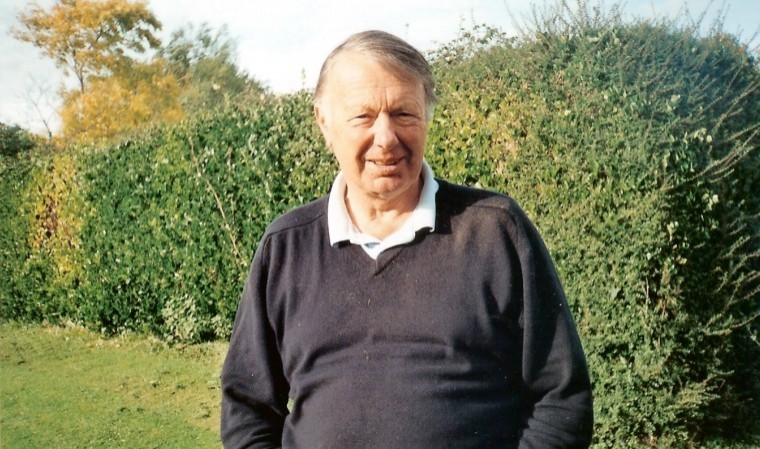Spring was a long time springing this year, and what looked like being a good early one, turned into a late dry one, with once a day turnout put back to 6 April.
Fortunately we have plenty of feed for a dry summer. With projected medium term milk prices looking so sick I felt we would be better simply giving a lot of the later lactation cows a long summer holiday and bring them back refreshed in the autumn. So before turnout we tubed and turned out some 15% of the animals.
To be feeding them concentrates and chasing yields when the price to some of what is effectively b quota milk will likely be worth no more that 12 to 18 pence per litre (ppl) means there’s nothing to be earned for the cost involved.
What really concerns me, longer term, is the feedback from a recent survey of farmer intentions where a significant percentage of producers were saying they intended pushing up their production when quotas ended after 1 April. To my simple mind, this is the height of stupidity. If this happens we will not see a sustainable milk price for years. One thing the milk buyers are not is fools: greedy perhaps but not fools! The fools are the farmers who are planning on pushing hell for leather to increase their herds.
Inputs have not come down, apart perhaps in the short term. With spring grass replacing a bit of concentrate, farmers’ overall cost of production is generally accepted as still being very close to either side of 30 ppl. So what can possibly be the sense in pushing up production with today’s prices? OK, if you are one of the presently fortunate farmers with a contract price around 30 ppl it may seem to make sense to up output, but where will that lead longer term? If the few buyers offering these prices find they are regularly paying their producers far over the odds, how long do you think they will continue thus? As I said above the buyers are not known for their generosity.
No, the whole job is a mess just now and, unless producers as a whole start to think a bit further ahead there won’t be any future to think of. I have been in this job all my working life: my father and grandfather were in it before me and between us have seen most things. I was brought up on tales of father’s youth, between the wars, having to hand milk the cows from 3 am before they set off round the local communities delivering the milk with the pony and float at 7 am. And getting paid when people could afford it!
Then there was the salvation of the Milk Marketing Board for around 60 years, until Mrs Thatcher decided it had to be disbanded; since when with the ups and downs over 20 years now, things have probably become almost as bad again for dairy farming as they were in the mid thirties.
Yes, I know: we have the option to get off the treadmill but it isn’t quite so easy. Many farms are set up for cows, buildings, pastures, staff structures and, probably the main thing that most cattle farmers actually love – working with their animals. It is not so easy to make the change and I am sure the thinking population would quickly be beside themselves at the prospects for the countryside if big machines ruled and there were no cows in the summer meadows.
Turnout for the herd, normally an occasion for huge pleasure for man and beast, certainly brought little. The cows reacted as normal but don’t fully comprehend their raised milk was really nothing short of a disaster! Processors have taken every excuse to jump on the seasonal flush to cut prices beyond the minimum. Prices not seen since the early 1990s are being paid for huge volumes of this B quota milk, a figure arrived at by the buyers by dividing the farm’s annual production to arrive at a weekly total, then reducing the price of every litre above that figure. This figure is anywhere between 12 and 18 ppl, or as little as the buyers can get away with, since farmers are price takers not makers. It’s simply a catastrophe.
Despite this, farming has to continue because nature dictates. Grass grows, food needs conserving, animals need feeding. Calves are born. It’s a cycle which doesn’t stop because the farm’s income is being crucified. In years past the old saying of “up horn, down corn” would pretty much ensure survival through the troughs. But cereal prices too have taken a 100% plus hit in the past two seasons, so that’s not very encouraging either.
There was an interesting opinion piece in the Telegraph last month, by a Matthew Lynn, who was pontificating on the possibility of the government removing planning constraints and developing many of the brownfield sites owned in the name of the state. He mentioned the 600,000 acres owned by the Ministry of Defence” while much of the rest is “mainly protected green belt… being presently wasted on mechanised farming of no great beauty or environmental benefit”! Clearly Mr Lynn is an agricultural expert who, like so many, believes all food is produced on supermarket shelves. He obviously doesn’t get out of London too much.
Finally, a point needs remaking: if one of our prominent political leaders feels comfortable about his actions in stabbing his own brother in the back to gain his party leadership, what are the chances he will care any more for the electorate after 7 May?




